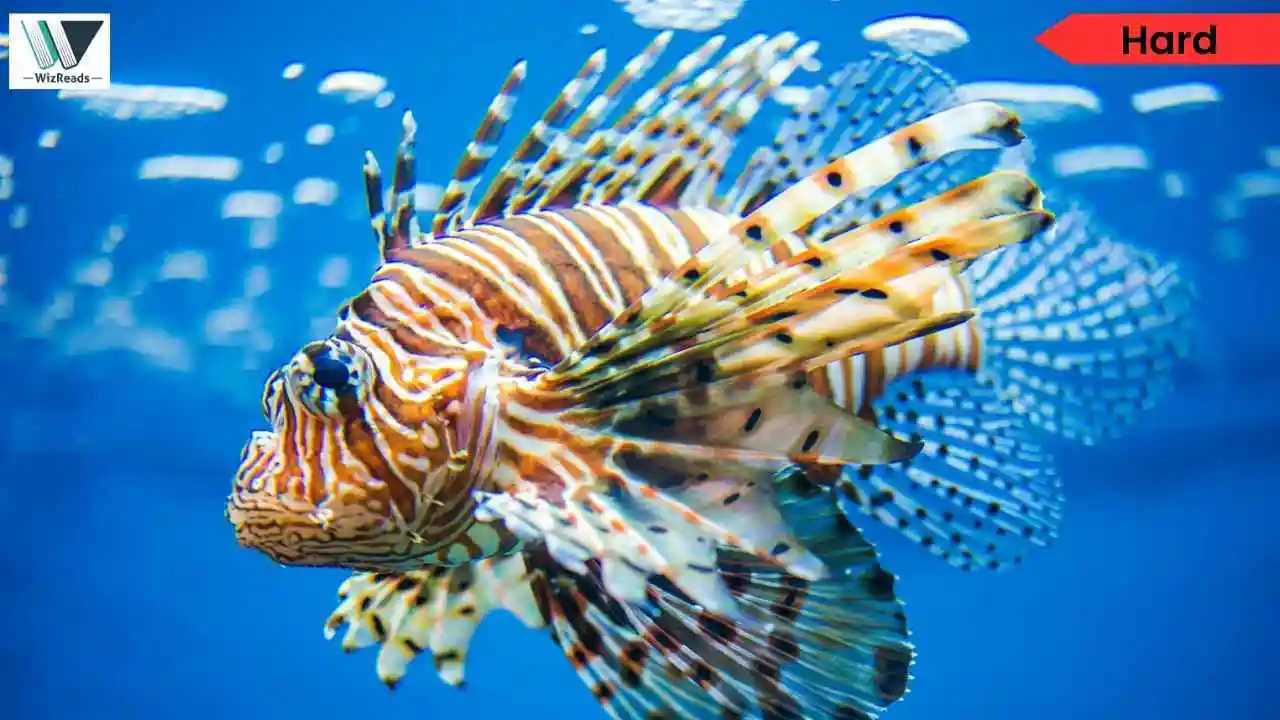
Newsletter Subscribe
Enter your email address below and subscribe to our newsletter

Enter your email address below and subscribe to our newsletter

Does industrial fishing impact our oceans beyond just depleting fish stocks? Could current harvesting practices be unknowingly undermining a crucial climate process that locks away carbon for centuries? These hard GMAT GRE RC passages explore emerging research on how commercial fishing disrupts oceanic carbon sequestration, requiring readers to evaluate complex evidence and distinguish between correlation and causation in marine ecosystem studies.
Read these hard RC passage(s) in Science Technology and Environment and answer the question(s) that follows. You can choose the GMAT style Reading Passage and the question or the GRE RC variant and answer the GRE-style question. Even better, you could solve both.
Contemporary marine science challenges traditional perceptions of fisheries’ environmental impact through examination of the biological carbon pump theory, which suggests that when marine organisms die naturally, their carbon-rich biomass sinks to the ocean floor and remains sequestered for centuries. Dr. Elena Marchetti and colleagues at Coastal Research Institute investigated whether commercial fishing operations fundamentally disrupt this natural carbon storage mechanism, analyzing catch data spanning six decades (1950-2014) across multiple oceanic regions.
Marchetti’s comprehensive analysis of large pelagic species—including bluefin tuna, billfish, and various shark populations—revealed that extracted biomass corresponded to 375 million tonnes of carbon that would otherwise have sunk to the seafloor through natural death processes. Significantly, her team discovered that 47% of these carbon-intercepting catches originated from financially marginal operations receiving no governmental subsidies, contradicting assumptions that only profitable fisheries drive carbon cycle disruption. The research employed isotopic analysis and oceanographic modeling to demonstrate that intercepted biomass would have remained buried in ocean sediments for 200-1,000 years under natural conditions.
Dr. Marcus Rivera’s complementary research at Northern Maritime University expands these findings, documenting how large predator removal triggers cascading effects that alter marine carbon dynamics. His work demonstrates that depleted apex predator populations reduce vertical nutrient transport efficiency by 23% and diminish formation of marine snow—clumps of organic matter crucial for deep-sea carbon storage. These cascading ecological effects suggest that current fisheries management frameworks inadequately account for carbon storage services, potentially necessitating integration of climate considerations into international maritime policy.
Based on the passage, which of the following cannot necessarily be inferred from Dr. Marchetti’s research?
While the passage states that “depleted apex predator populations…diminish formation of marine snow,” this finding comes from Dr. Rivera’s research at Northern Maritime University, not from Dr. Marchetti’s study. Marchetti’s research focused on quantifying carbon lost through fishing catches and demonstrating that subsidies aren’t necessary for significant carbon impact. The formation of marine snow and its relationship to predator removal was established through different research.
Correct Answer: Choice (D)

Recent studies suggest that commercial fishing disrupts oceanic carbon storage, yet comprehensive empirical evidence was lacking until advanced analytical tools became available. Dr. Samuel Chen analyzed global fisheries data from 1970-2020, using satellite technology and biogeochemical modeling to quantify how fishing affects carbon cycles. His research focused on mid-depth marine species (200-1000 meters below surface) and found that commercial harvesting prevents approximately 1.2 billion tonnes of organic carbon from reaching ocean floor sediments annually. Chen’s team compared protected marine areas with actively fished regions, discovering that carbon transport to the seafloor increases by 340% in zones where fishing has been restricted for over a decade. Isotopic analysis revealed this enhancement correlates with greater abundance of species that migrate vertically each day, carrying carbon-rich materials from surface waters to deep ocean environments. While historical fishing records contain gaps and deep-sea carbon measurement presents technical challenges, multiple independent data sources—including satellite observations and seafloor sediment analysis—consistently support the conclusion that commercial fishing significantly reduces natural carbon sequestration.
The primary purpose of the passage is to:
The passage follows an evidence evaluation structure, opening with the claim that fishing disrupts carbon storage but noting empirical evidence was lacking. It then presents Dr. Chen’s research findings that validate this hypothesis through multiple lines of evidence (quantification of carbon loss, marine protected area comparisons, isotopic analysis). While acknowledging limitations, the passage concludes that multiple data sources consistently support the disruption hypothesis.
Correct Answer: Choice (B)